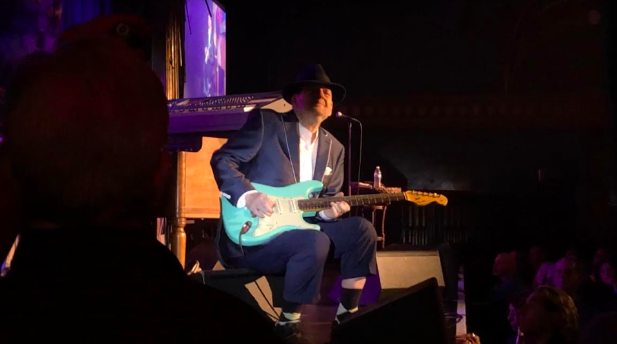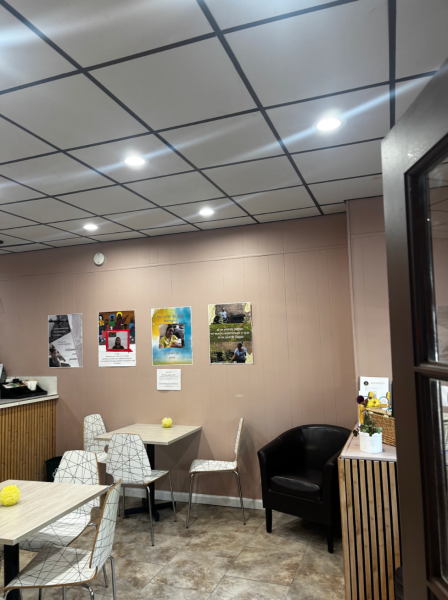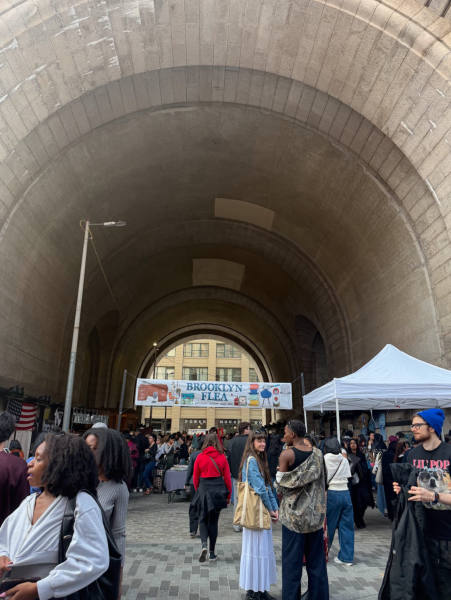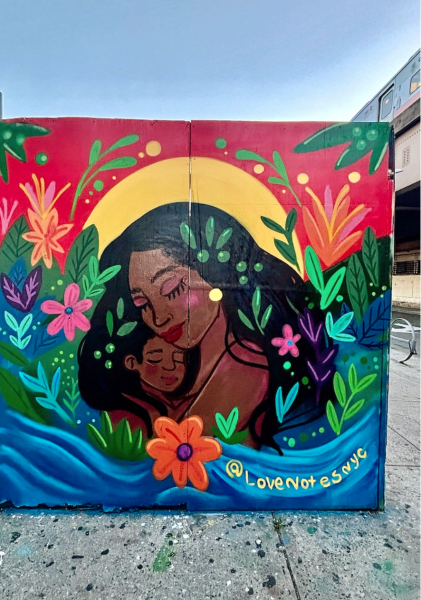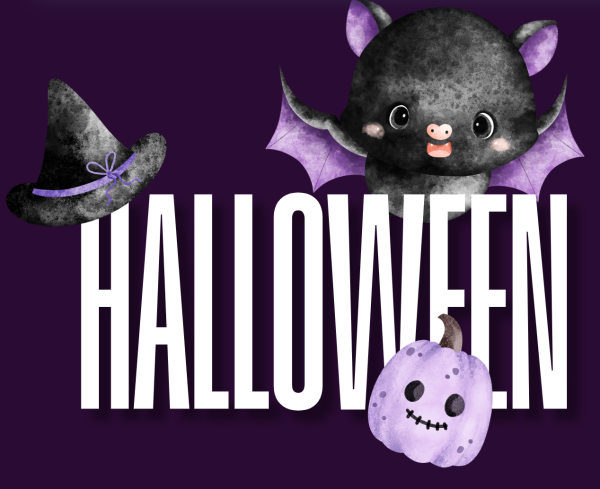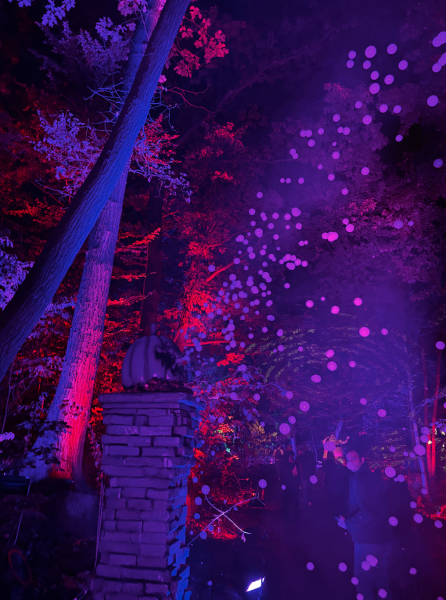Blues Legend Ronnie Earl Returns To Hometown New York City
I first met Ronnie Earl at a baseball card convention in his Boston hometown, where I was running a vendor’s booth with my family that he sat in front of with an exudence of inspiring sincerity. The first words he ever spoke to me was a calming music to my unrelenting soul, enriched with warm kindness too few are ever blessed to know. Even then, I knew that was the start of something special.
Earl was born Ronald Horvath in Rego Park in my native Queens, N.Y. 70 years ago on March 10. While earning his dual Bachelor’s degrees in special education and education at Boston University, he visited the city’s famed Jazz Workshop venue, where blues revolutionary Muddy Waters was giving a concert. Earl would then, at the age of 20 like Paul McCartney of the Beatles, begin playing guitar for the first time. I’m not making any comparisons, except to say Earl went on to be lead guitarist of three successful blues bands, release 32 albums (plus 40+ collaborations) and win dozens of awards for his work (with two Grammy nominations). And he’s still bringing albums to the people, and those masses to their feet.
I grew up brimming with an adoration for truly classic 20th-century tunes and genres, from Delta jazz to California surfer rock’n’roll to Motown funk and whatever inbetween. My love for reading as a child taught me that all those musical derivatives had their roots in African folk traditions, slave spirituals and European marching bands. During my adolescence, I was an enthusiast of nearly all genres, but an expert in none.
Somehow with an aura as seductively elusive as the music itself, blues consistently evaded me, entering my ears and thoughts at times, but I became distracted by what its children — jazz, rock, early disco pop — were up to, working to decipher their antics. Not once did it dawn on me that true blues was a landscape I had never begun to explore in full.
Earl changed that the moment we met, and our friendship has transformed me and my family’s lives since then. When Earl himself surprised me with the news that he and his revered blues band, The Broadcasters (named for his favorite guitar), would be returning to New York City for his first concert in over half a decade, I knew it’d be a night to remember. I’d only ever seen and heard him play on videos I found and CDs he later gave me, so I naturally seized my first opportunity to enjoy witnessing a live performance of his at Sony Hall on W 46th St. in Manhattan, on Jan. 13.
He evokes blues greats like Muddy Waters and B.B. King, reminiscent of Bill Withers’ voice, and notably, the devious genius of Jimi Hendrix. Willis brought us home to his Georgian family, weaving an intricate tapestry of life and longing. In the true spirit of the blues, Willis possessed his maple six-string to coax it to speak to the audience. Quite literally. Paying homage to Hendrix’s infamously transcendent Star Spangled Banner rendition, he coaxed his instrument to mimic the intonations of human speech to the audience’s uproarious delight.
Everyone murmured with admiration for Willis, and it was now Earl’s time to shine. He’d only stepped silently into the spotlights for two seconds when the crowd rose in a standing ovation. The rest of the gang followed: vocalist Diane Blue, keyboardist Dave Limina, bassist Paul Kochanski and drummer Forrest Padgett on drums. For the first time in half a decade, Earl and The Broadcasters finally reunited, and they hit the stage running, firing up their 2015 hit “Higher Love.”
Earl has an aura of purity and uniqueness that simultaneously emerges in all forms of his expression, complementing honesty and rarity that aren’t found anywhere else. He dances for the sharp notes and flirts with the flats, electric emotion taking everyone along on his rollercoaster journey of colorfully climactic melody. Through his respective character and gift of talent, Earl’s absolutely made from greatness at guitar and goodness at heart. His and The Broadcasters’ blues are so beautiful it cannot be accurately described in mere words, it has to be seen and heard live to be understood best.
I listened to a good deal of his music in the three years we’ve known each other, but the treat of being in his presence as he performs live is like no other. Not only do you literally feel the music physically resonating with you, in duality of his guitar’s sustained strumming in conjunction with the synchronized amplification, but you receive the feelings Earl so eagerly seeks to communicate. That’s the magic of the blues, and Earl’s a wizard.
Like Earl and Sir Paul McCartney, I picked up my first guitar while also 20 years old this past September. It was only after I taught myself some Beatles and Elvis riffs (and the Seinfeld jingle) that I realized the connection: Earl was self-taught too. He continues to be an inspiration in bringing out the best in us — reciprocating free kindness and liberating passions for music.





































































































































































































